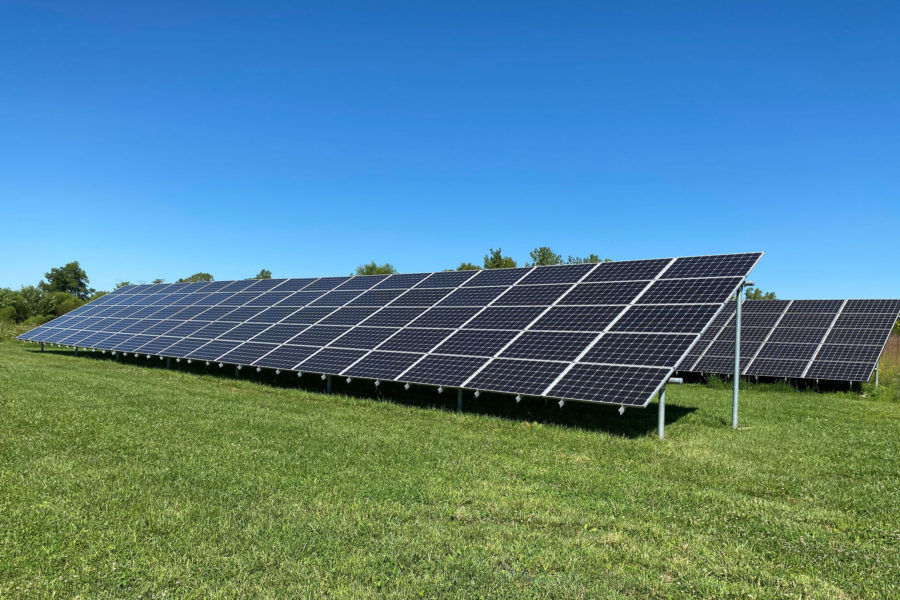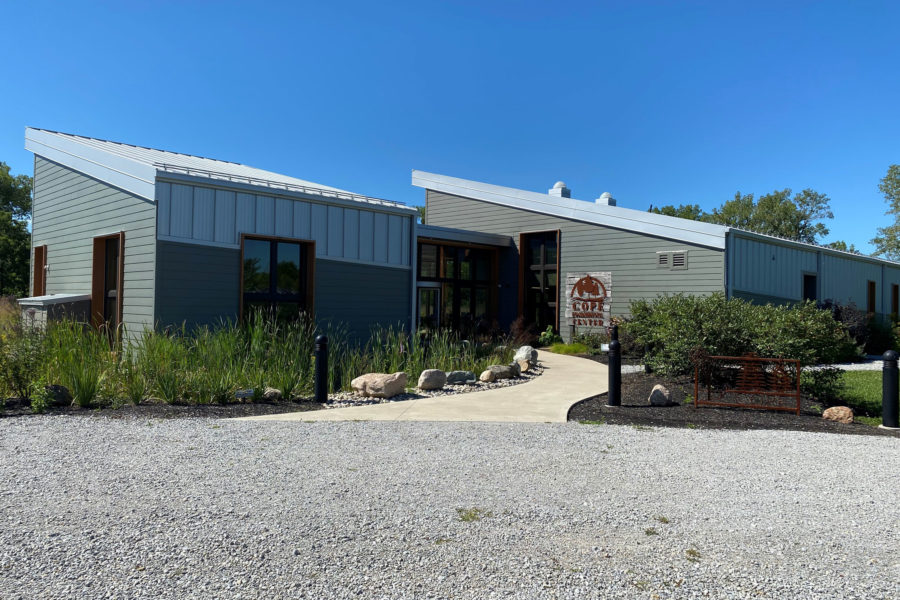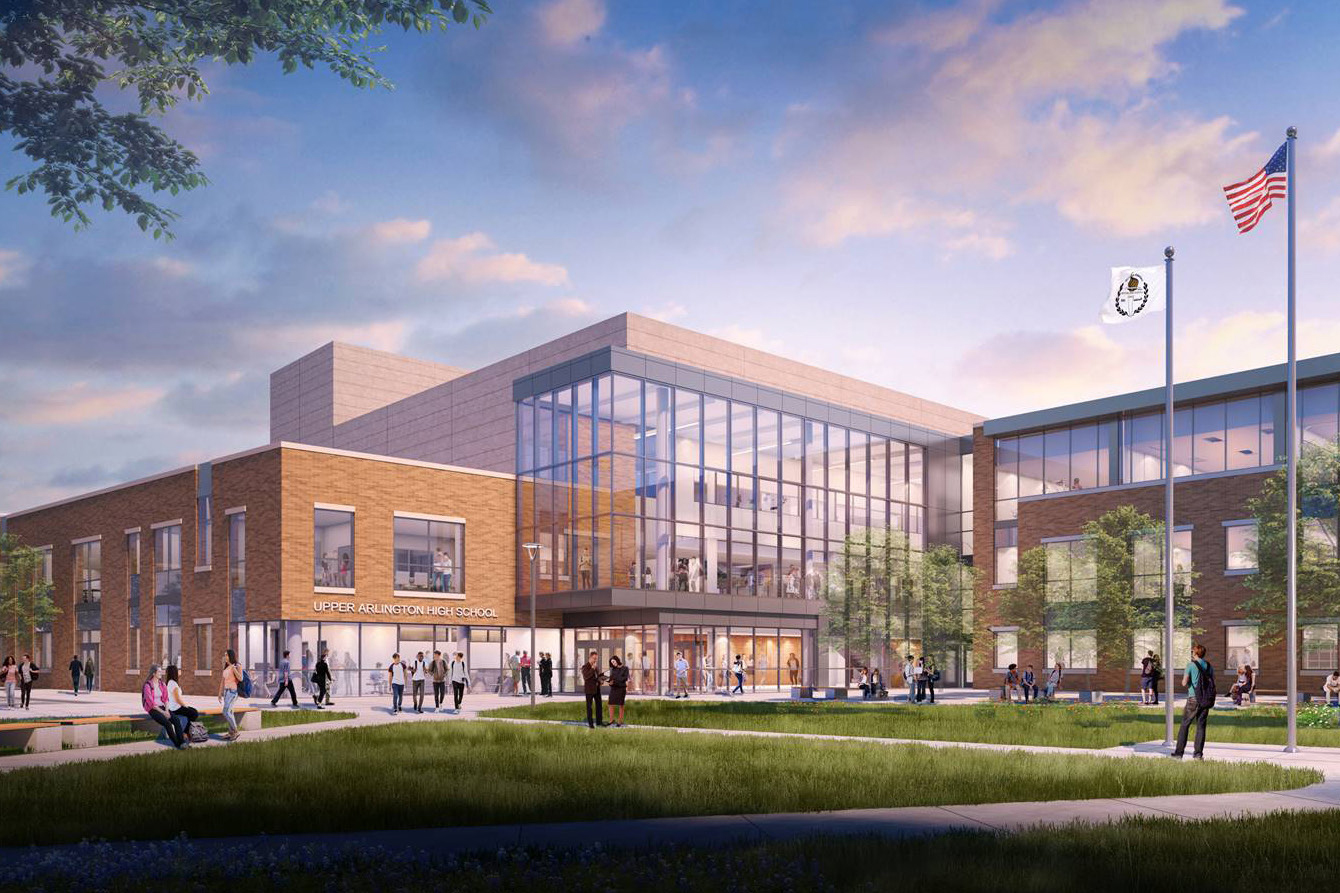Texans are still coping with the devastating impact of Winter Storm Uri, which claimed the lives of more than 100 people and left 4 million people without power or heat for days. Many died of hypothermia.
Although this was a natural disaster, it was exacerbated and prolonged by a manmade one—lack of planning and appropriate infrastructure investment. As leaders seek to investigate and understand the factors that contributed to the crisis, it is important to also look to the future and seek preventative solutions.
With more than 75 years of combined experience in engineering more sustainable and resilient infrastructure, we would like to offer our insight into how new technology and trends towards electrification could prepare your organization for the next extreme weather event.
High Reliability is Inadequate
For decades, local government and critical service providers such as hospitals have relied on redundant power feeds and stand by generators to ensure continuity for short periods of time of critical operations in the event of a natural or manmade disaster—an approach called high reliability. Planning for an emergency? Just add another generator.
This approach is no longer sufficient.
During an extensive disaster where large swaths of the grid are damaged or destroyed, redundant feeds can fail, forcing institutions to rely solely on their generator capabilities. We experienced this exact situation during the 2019 Memorial Day tornadoes in Dayton, Ohio. A large tornado took out both power feeds to the city’s water plant and utility infrastructure was severely damaged, resulting in widespread power loss, loss of water pressure and extended boil advisories.
Time and again, relying solely on standby generator power and UPS systems has proven to be inadequate in the face of a severe or prolonged emergency. Generator power only provides enough energy to maintain critical systems for a limited time. This was a serious problem during the recent winter crisis in Texas, because hospitals were overwhelmed by increased patients and did not have adequate power to provide services.
Fuel delivery access issues, insufficient operating load, and switchgear complications can also make your generator inoperable when you need it most. Commercial generators must be maintained and exercised on a regular basis to ensure they operate as intended when needed, a best practice that may go overlooked. In addition, fuel supply can become a limiting factor when an emergency lasts for more than a couple of days.
To reiterate—it is not a bad idea to have redundant power feeds and standby generator backup systems as part of your organization’s continuity and emergency preparedness plans. However, municipalities and critical service providers have other options that can provide higher reliability and sustainability for longer periods of time in the event of an emergency.
Electrification and Microgrids

Solar arrays (PV panels) and other alternative energy systems helped the Cope Environmental Center achieve net positive energy usage, producing more energy than it consumes. Photo courtesy of HEAPY
As climate change continues to impact our environment and lead to more extreme weather, such as we saw with Winter Storm Uri, having dependable and resilient infrastructure will be indispensable for communities of the future. Increasingly municipalities and large critical services providers are considering large-scale electrification and microgrids.
Microgrids are small, independently controlled energy supply systems that are often run using multiple renewable energy sources, such as solar, wind, and geothermal. A microgrid can tie into the larger utility grid and provide power to operate critical facilities during a disaster—from tornadoes and ice storms to terrorism.
Unlike a standby generator, a microgrid runs continuously and can be designed with storage capacity (like batteries) to provide an added safeguard against lengthy outages. In California, power providers are required to keep 20% of their peak energy demand in storage at all times.
Microgrids also allow for local control of energy production and supply, providing dependable electricity to power critical facilities and systems. These systems are extremely resilient, helping communities and organizations prepare for natural and manmade disasters, as well as providing the following benefits:
- Reducing your carbon footprint.
- Improving energy production/efficiency.
- Offering long-term economic benefits through reduced energy costs.
- Ensuring that essential services (police, fire, ICU, heating and air ventilation) remain operational in times of crisis.
Renewables Help Reduce Risk

HEAPY provided mechanical-electrical design and commissioning services for a new, 7,000 square foot facility that expanded Cope Environmental Center’s capacity for environmental programs, serve as a community gathering space and a powerful teaching tool for sustainable living in East-Central Indiana. The center is Living Building Challenge Certified, one of less than 30 facilities in the world to earn this distinguished recognition. Photo courtesy of HEAPY
Some commentators tried to blame the extended power outage from Texas Winter Storm Uri on renewable energy sources. However wind turbines account for less than 10% of the state’s energy capacity while natural gas accounts for about 50% of the overall supply. Natural gas also experienced a shortfall five times greater than renewables during the storm.1
Microgrid systems help reduce risk by diversifying power sources. They can be designed to harness wind, solar, and geothermal power, as well as tie into natural gas turbines and even generators.
A Question of When, Not If
When we examine what happened in Texas, we see a failure to learn from the past that led to an avoidable tragedy. Just one decade before, the state had experienced a similar crisis on a smaller scale, and winterizing utility infrastructure had been identified as an important preventative measure. However most municipalities and service providers failed to make changes and invest to avoid the tragedy.
With the economic impact of the storm likely to exceed $200 billion, Winter Storm Uri could become the most expensive natural disaster in the state’s history. Insurance companies often use 100-year or 500-year events to assess risk, and we would do well to adopt that standard when it comes to building critical facilities and infrastructure. The return on investment is significant when compared to the devastating loss of life, as well as the potential economic impact of not being prepared.
Extreme weather events will become more commonplace in the coming decades, so organizations and leaders need to take a hard look at what they are doing to prevent a similar tragedy in their community. Large-scale electrification and microgrids can be part of the solution.
A microgrid project requires foresight, early planning, and a willingness to invest now to avoid future risk. Creating a locally owned microgrid fueled by renewable and dependable energy sources can help prepare your organization for the next natural disaster and position you as a leader in sustainability, climate change resiliency, and green economic development.



